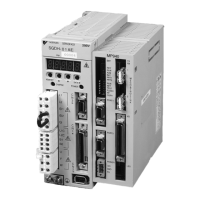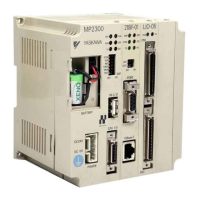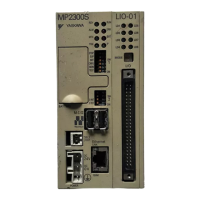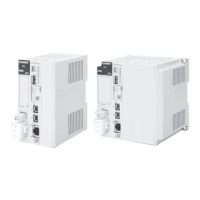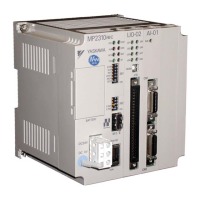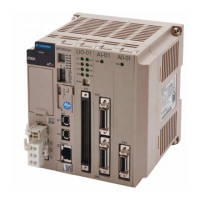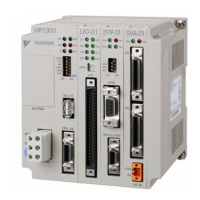D.4 Wiring Optical Fiber Cables
D-19
D
D.4 Wiring Optical Fiber Cables
D.4.1 In-panel Wiring
Heed the following precautions during in-panel wiring of optical fiber cables
• Install in-panel ducts or clamp bars so that the tension and bending radius of the optical
fiber cord or cable do not exceed the limits.
• When securing the optical fiber cord with clamps, use a cushioning material and secure
clamps at intervals of approximately 500 mm, taking care not to tighten the cord exces-
sively.
• When laying a long optical fiber cord vertically, secure it with clamps at intervals of
approximately 500 mm so that tensile force will not be applied to the optical connector
or bent portions.
• Install a tension member after fixing a crimp terminal at the tip of the member. The steel
wire tension member must be insulated from the ground of the control panel during
installation.
• If the optical fiber cord is mixed with power supply or control cables inside an in-panel
duct, take care that lateral pressure, load, and other mechanical stresses will not be
applied to the cord.
• Do not pull or twist the optical fiber cord or cable while gripping the optical connector.
D.4.2 Indoor and Outdoor Panel-to-Panel Optical Wiring
Connecting Optical Connectors
Optical connectors must be connected on-site in the following situations.
• The exact cable length cannot be decided because the cabling route is unknown.
• There is no work site where excess cable lengths can be treated.
• There is no work site (approximately 1 m × 1 m) where optical connectors can be con-
nected.
• It is difficult to lay optical fiber cords or cables equipped with a connector because there
are conduits or ducts in the cabling route. Conduit/duct diameter, conduit/duct bending
radius, and through-hole diameter restrictions apply when a cover is used to protect the
tip of a connector during cable installation.
Unless there are special circumstances as above, it is recommend to purchase optical
fiber cords or cables equipped with optical connectors at both ends.
On-site optical connector connection must always be done by those who have completed a connector
processing training course.
IMPORTANT
For details on connecting optical connectors and laying optical fiber cords or cables, contact your
nearest Yaskawa dealer.
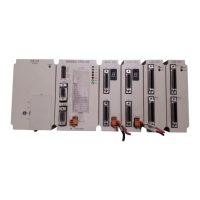
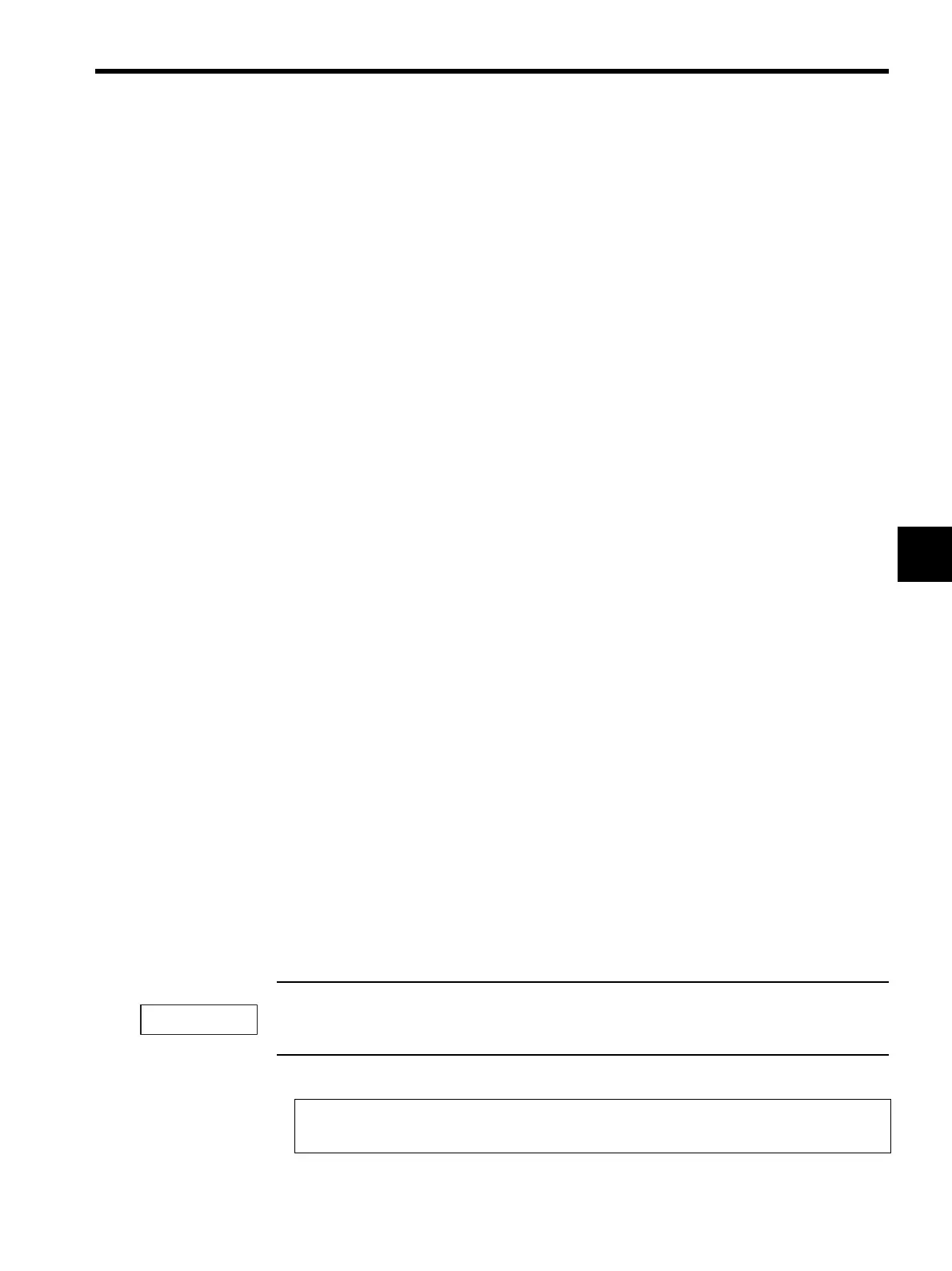